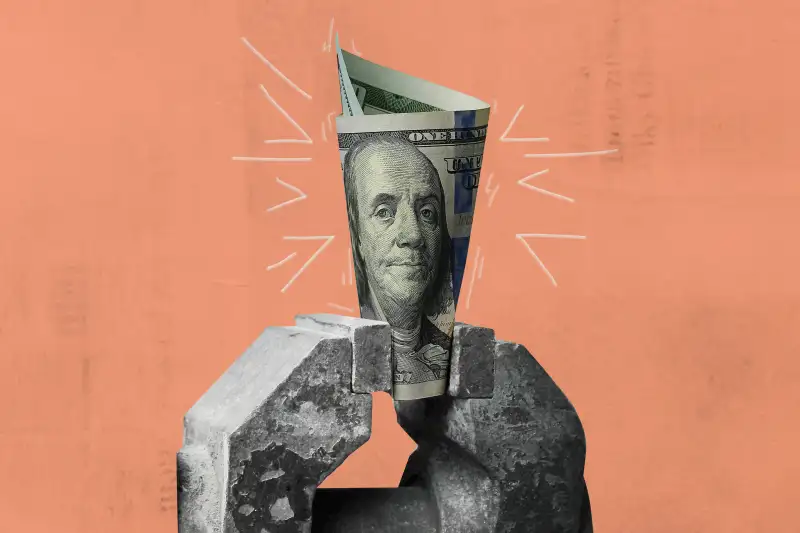A ‘Credit Crunch’ Is Looming. Here’s How It Could Affect Your Wallet

It’s getting a lot harder to take out a loan these days. That goes for both businesses and consumers. Now, some experts are worried that a full-fledged “credit crunch” could have serious repercussions on the economy as a whole.
On one hand, making it harder to borrow money is the whole reason the Federal Reserve has been hiking interest rates since March 2022. Inflation was out of control — peaking at 9.1% in June 2022 — and the Fed sought to rein in soaring prices by making it more expensive to borrow money through a series of fairly predictable interest rate hikes.
Then, something largely unexpected happened: the failures of Silicon Valley Bank (SVB) and Signature Bank. The SVB failure was the second largest banking collapse in U.S. history. In the aftermath, experts are worried that banks could be tightening their lending standards faster than expected, possibly leading to a so-called “credit crunch.”
“Buckle up,” Paige Skiba, an economics professor at Vanderbilt University who specializes in high-interest credit, tells Money in an email. “It’s already here.”


